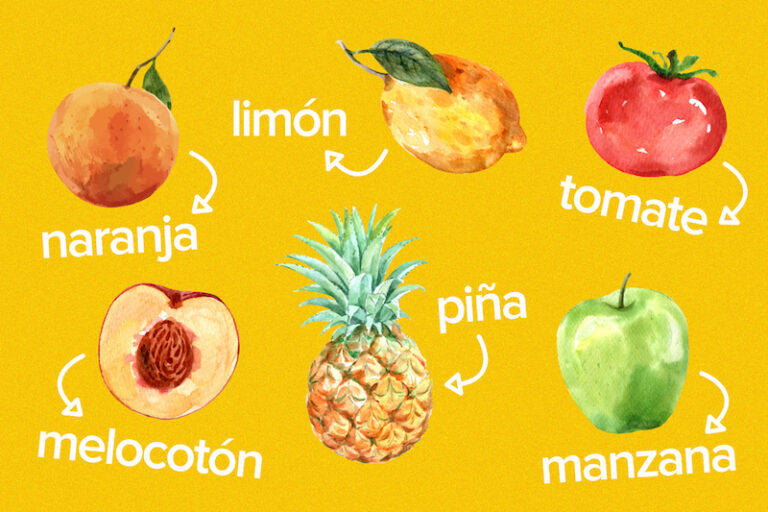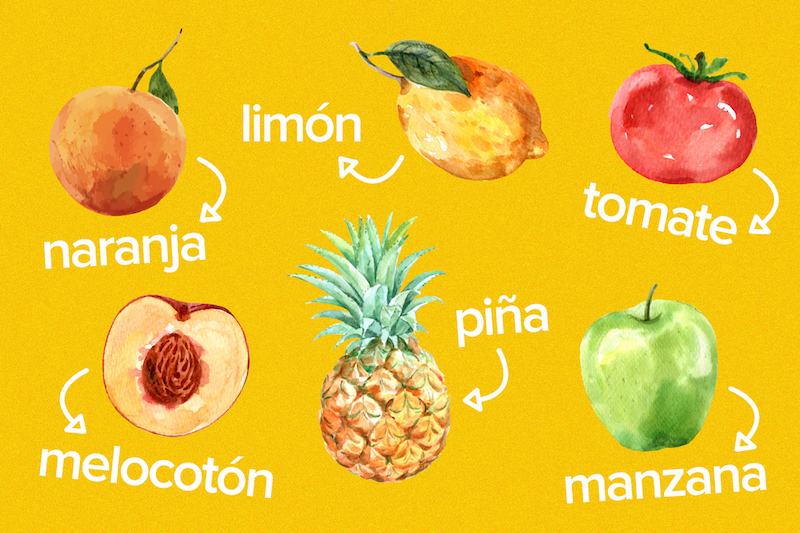
Learning the names of common fruits is essential for any Spanish learner.
But what about the more exotic kinds? If you travel to a Spanish-speaking country (particularly in Latin America) you’ll probably be blown away by the amount of exotic fruit!
For an extranjero (foreigner), the wide variety and interesting names for these fruits can be intimidating—not to mention that the names may change based on what region you’re in!
Don’t panic, because in this post we’ll teach you the most common Spanish fruit names as well as some delectable exotic fruits you need to try.
Contents
Download:
This blog post is available as a convenient and portable PDF that you
can take anywhere.
Click here to get a copy. (Download)
Common Spanish Fruit Names
Here are some Spanish names for fruit that you’re likely familiar with:
1. Banana / Plátano — Banana
2. Manzana — Apple
3. Fresa / Frutilla — Strawberry
4. Mora — Blackberry
5. Frambuesa — Raspberry
6. Arándano — Blueberry
7. Mango — Mango
8. Pera — Pear
9. Piña / Ananás — Pineapple
10. Sandía — Watermelon
11. Naranja — Orange
12. Uva — Grape
13. Aguacate / Palta — Avocado
14. Cereza — Cherry
15. Coco — Coconut
16. Melocotón / Durazno — Peach
17. Melón — Melon
18. Cantalupo — Cantaloupe
19. Toronja — Grapefruit
20. Papaya — Papaya
21. Kiwi — Kiwi
22. Lima — Lime
23. Limón — Lemon
24. Ciruela — Plum
25. Tomate — Tomato
26. Albaricoque / Damasco — Apricot
27. Higo — Fig
Exotic Spanish Fruit Names
Lulo / Naranjilla — Little Orange
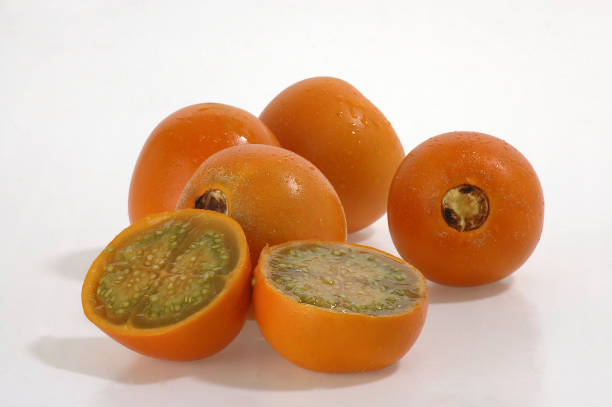
The word lulo is only heard in Colombia or around Colombians.
Naranjilla is the word for the same Spanish fruit that is used throughout the rest of Latin America, especially Ecuador. Lulo and naranjilla are such favorites that they’ve even made lollipop flavors out of them in both countries—a must-try!
Níspero — Japanese Plum
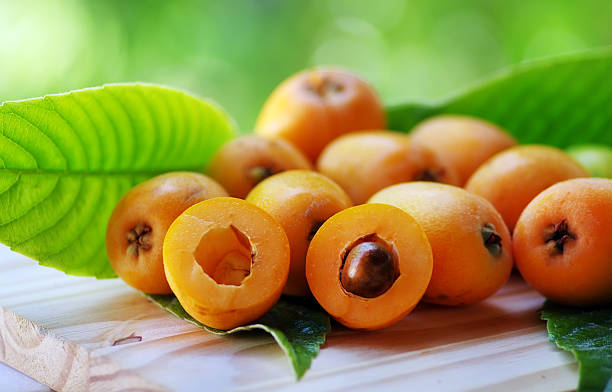
These are found in all tropical regions, Latin America or Asia.
In southern areas of Mexico, they’re uniquely called mísperos and are heavily associated with the Day of the Dead because they’re placed on altars as offerings.
Martillo — Lotus Fruit

Native to Asia, martillo has made its way into Latino culture. It’s held in high regard in Indian and Asian culture (the lotus flower is both India and Vietnam’s national flower).
Uchuva — Inca Berry

This one is native to Peru and has interesting names in both Spanish and English.
In Latin America, physalis is also called uchuva (in Colombia particularly) and uvilla (in Ecuador), and the latter literally translates to “little grape.”
Zapote — Mamey Sapote
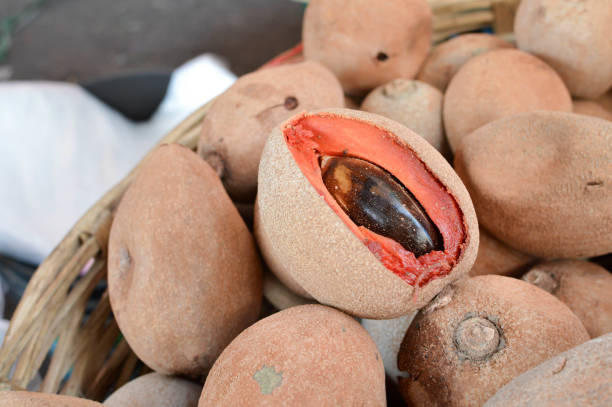
This fruit is native to Mexico, Central America and northern parts of South America, and it has tons of variations.
Most Latino countries call them sapote or sapodilla, which describes a smaller version.
In Colombia they call them zapote, mamey or zapote mamey. Both zapote and mamey are heard with equal frequency in Colombia.
On the other hand, mamey is the most common name used in Mexico.
Chontaduro — Peach Palm
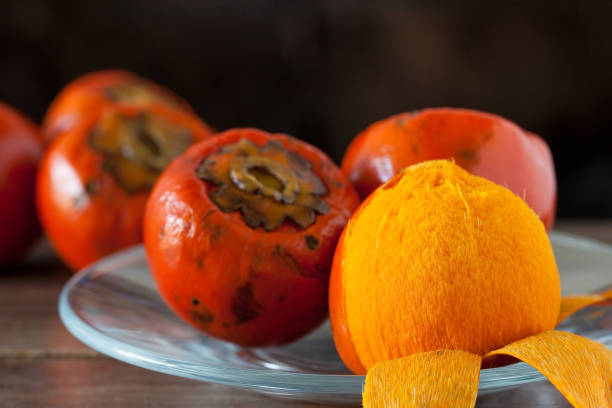
I must admit that this one doesn’t taste fruity, but it’s still considered a fruit! It has more of a sweet potato, hominy, chestnut flavor and comes from a type of palm tree.
There are loads of Spanish names for this fruit:
Bolivia — tembe
Colombia — chontaduro or cachipay
Costa Rica and the Dominican Republic — pejibaye or pejiballe (different spellings, same sound)
Panama — pifá or pixbae
Guatemala — manaco
Nicaragua — pijibay
Venezuela — pijiguao or macana
Ecuador — chonta or chontaduro
Peru — pijuayo
Mangostino — Mangosteen
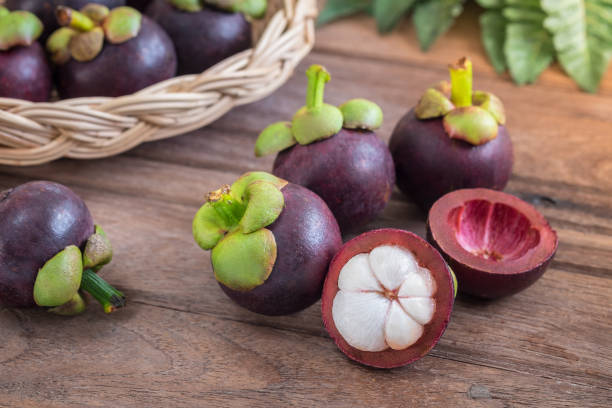
This is another fruit native to the Asian tropics that’s also typical in Latin America. Some countries—like Colombia—use the word mangostán to also refer to the fruit.
Mamoncillo — Spanish Lime
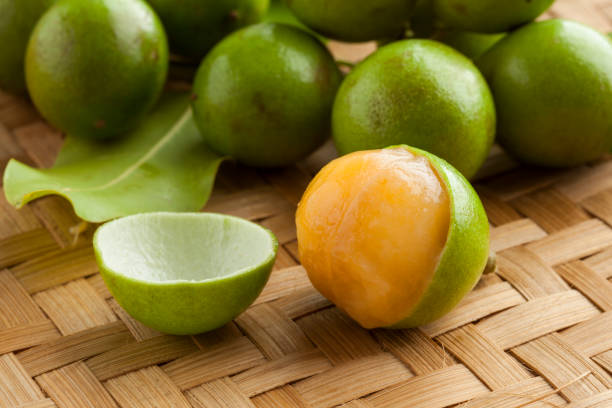
This one literally translates to “little sucker,” and it’s found throughout all of Latin America.
Other names for mamoncillo are quenepa and guaya, both heard in Puerto Rico and Mexico. Others are mamón (for short) and limoncello.
Limoncillo is mostly heard in Central America and the Dominican Republic.
Quenepa is so famous in Puerto Rico that there’s even a festival that celebrates it (Festival Nacional de la Quenepa), particularly in the city of Ponce, where the fruit grows abundantly.
Carambola — Starfruit
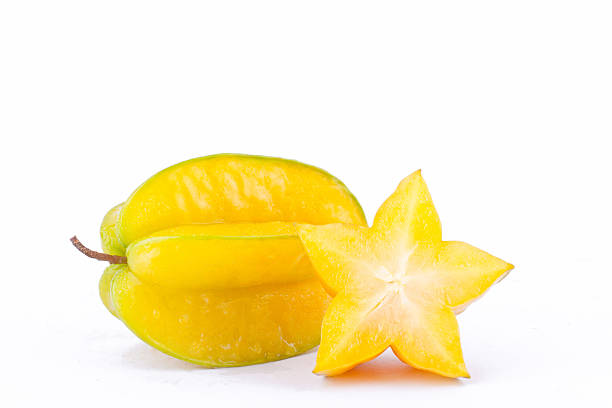
Another Spanish fruit that finds its roots in Asia, carambola is now heavily cultivated in Latin America, Africa and the rest of the world.
Here are variations of the name:
Dominican Republic — cinco dedos (five fingers)
Venezuela — tamarindo chino (Chinese tamarind) tamarindo dulce (sweet tamarind)
Costa Rica — tiriguro
Spain — fruta estrella (a literal translation from the English star fruit name)
Borojó — Head Fruit
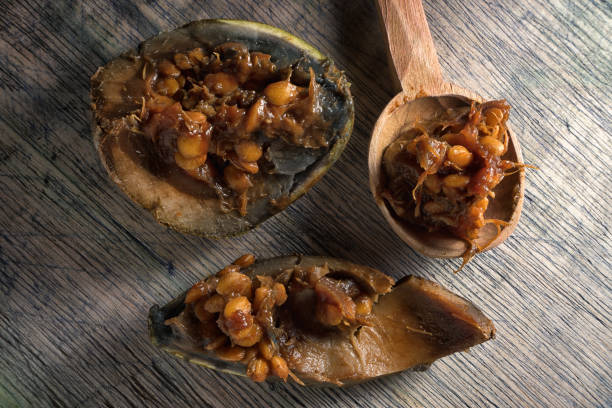
Native to Panama, Colombia, Costa Rica and some parts of Ecuador, borojó is considered a sort of Viagra fruit because of its aphrodisiac and energetic properties.
Some vendors even call it el jugo del amor (love juice) since it’s a famous smoothie and mousse option.
Curuba — Banana Passionfruit
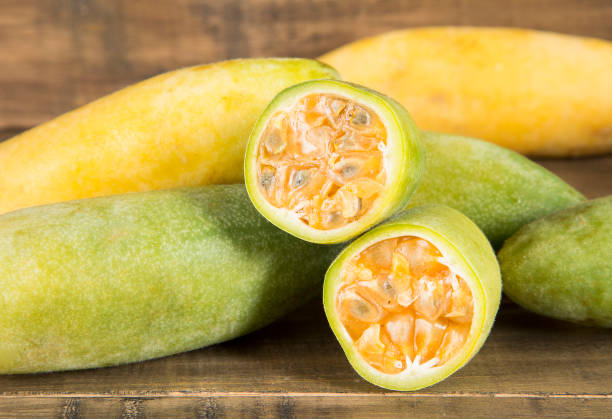
Curuba is the largest of the passion family (longer and more oblong in shape) and for that it’s officially called “banana passion fruit” in English.
Similar to gulupa and maracuyá, the slang names for curuba are semi-alike, but still quite out of the ordinary:
Ecuador — taxo
Venezuela — parcha
Peru — trompos or tintín
Bolivia — tumbo, curuba
Tuna / Nopal — Prickly Pear Fruit
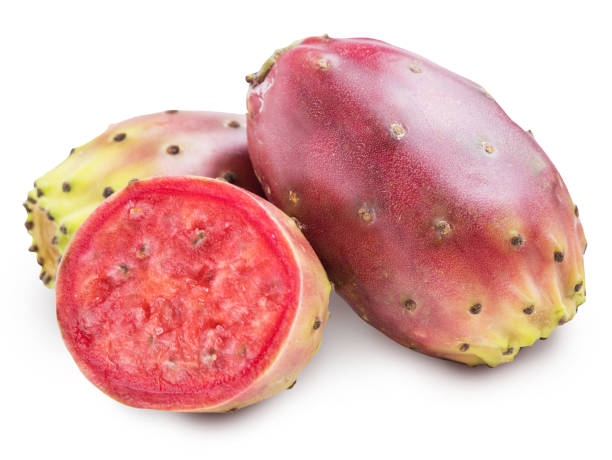
Tunas is highly celebrated in Mexico and can be served in a chilled or warm salad, in dry deserts or sometimes fried and sauteed as a side, because it accompanies savory dishes well.
Other Latino names include: sabra, chumbera and higo (higo usually means fig in Spanish, but they call it this because it’s considered a cactus fig). In Argentina nopal is known as penepes.
Pepino Dulce — Sweet Cucumber
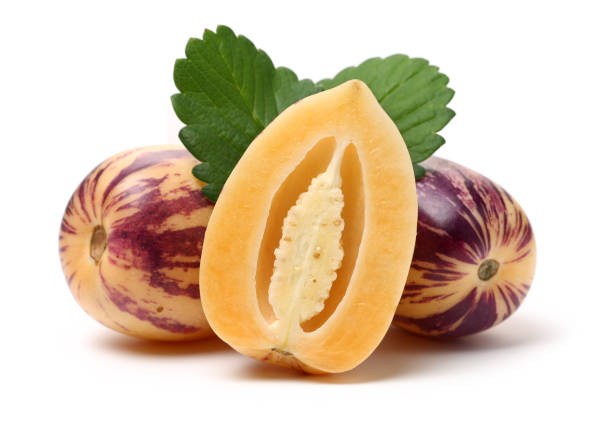
As indicated by the name, the taste of this fruit resembles a mixture of melon and cucumber!
This fruit belongs to the Americas, native to the Andes regions. There are no other funky names for this one, but some like to call it pepino.
Fruit-related Vocabulary
It’s good to know some other words that will help you talk about fruit:
The best way to learn the words about or related to fruit in Spanish is to try them out yourself, or hear them in use.

Even if you can’t talk to a Spanish native, you can check out FluentU, a language learning program geared to teach you Spanish through authentic videos with interactive subtitles.
You can simply search up a Spanish fruit or one of these vocabulary terms and find plenty of videos that use the words in context.
FluentU is available on iOS and Android as well, so you can take your study on the road with you.
And so there you have it!
A colorful list of exotic Spanish fruits and names to help boost your language learning system.
Enjoy, and eat up!


